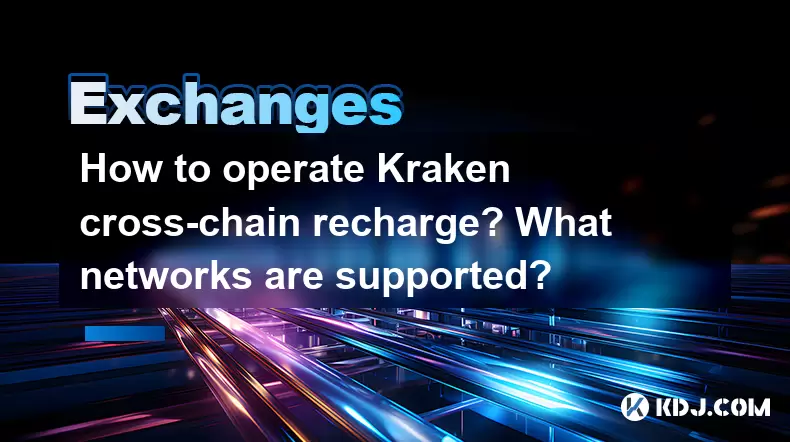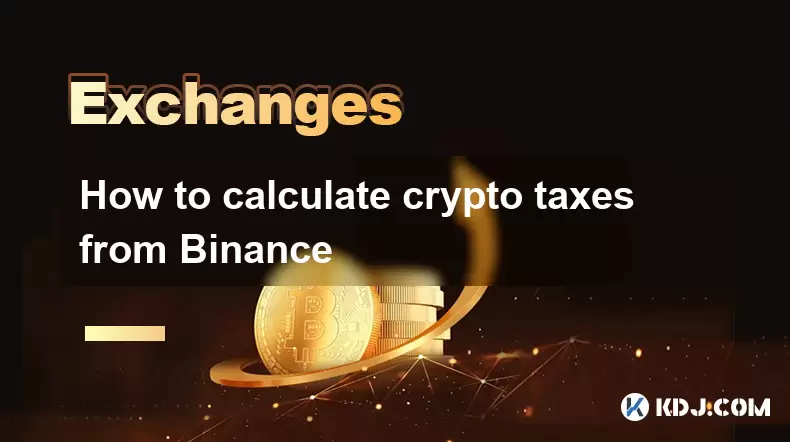-
 Bitcoin
Bitcoin $117500
2.15% -
 Ethereum
Ethereum $3911
6.19% -
 XRP
XRP $3.316
10.79% -
 Tether USDt
Tether USDt $1.000
0.01% -
 BNB
BNB $787.2
2.24% -
 Solana
Solana $175.2
4.15% -
 USDC
USDC $0.9999
0.00% -
 Dogecoin
Dogecoin $0.2225
8.40% -
 TRON
TRON $0.3383
0.28% -
 Cardano
Cardano $0.7868
6.02% -
 Stellar
Stellar $0.4382
9.34% -
 Hyperliquid
Hyperliquid $40.92
7.56% -
 Sui
Sui $3.764
7.63% -
 Chainlink
Chainlink $18.48
10.66% -
 Bitcoin Cash
Bitcoin Cash $582.1
1.88% -
 Hedera
Hedera $0.2601
6.30% -
 Avalanche
Avalanche $23.33
4.94% -
 Ethena USDe
Ethena USDe $1.001
0.02% -
 Litecoin
Litecoin $122.3
2.04% -
 UNUS SED LEO
UNUS SED LEO $8.969
-0.27% -
 Toncoin
Toncoin $3.339
0.86% -
 Shiba Inu
Shiba Inu $0.00001287
4.30% -
 Uniswap
Uniswap $10.43
7.38% -
 Polkadot
Polkadot $3.861
5.08% -
 Dai
Dai $1.000
0.02% -
 Bitget Token
Bitget Token $4.513
3.41% -
 Monero
Monero $267.7
-6.18% -
 Cronos
Cronos $0.1499
4.14% -
 Pepe
Pepe $0.00001110
5.15% -
 Aave
Aave $284.9
8.28%
How to operate Kraken cross-chain recharge? What networks are supported?
Kraken supports cross-chain recharges across networks like Bitcoin, Ethereum, and Litecoin, allowing seamless asset transfers between blockchains.
May 18, 2025 at 04:07 pm

How to Operate Kraken Cross-Chain Recharge? What Networks Are Supported?
Kraken is one of the leading cryptocurrency exchanges that offers a wide range of features for its users, including the ability to recharge funds across different blockchain networks. Cross-chain recharging is a crucial function that allows users to transfer assets from one blockchain to another seamlessly. In this article, we will explore how to operate Kraken's cross-chain recharge feature and discuss the supported networks.
Understanding Cross-Chain Recharge
Cross-chain recharge is the process of transferring cryptocurrency from one blockchain network to another. This is particularly useful for users who want to move their assets between different ecosystems, such as from Ethereum to Bitcoin, or from a layer-1 blockchain to a layer-2 solution. Kraken supports cross-chain recharges to enhance the flexibility and usability of your crypto holdings.
Supported Networks for Cross-Chain Recharge on Kraken
Kraken supports a variety of networks for cross-chain recharges. Here is a list of some of the most commonly used networks:
- Bitcoin (BTC)
- Ethereum (ETH)
- Litecoin (LTC)
- Bitcoin Cash (BCH)
- Ripple (XRP)
- Tether (USDT)
- USD Coin (USDC)
Each of these networks has its own set of characteristics and use cases, making it important to understand which network is best suited for your needs.
Preparing for Cross-Chain Recharge
Before you begin the cross-chain recharge process on Kraken, ensure that you have the following ready:
- A verified Kraken account: You need to be logged into your Kraken account to perform any transactions.
- Sufficient funds: Make sure you have enough of the cryptocurrency you want to transfer in your Kraken wallet.
- Destination wallet address: You need the correct address on the destination network to which you want to send your funds.
Step-by-Step Guide to Performing a Cross-Chain Recharge on Kraken
Here is a detailed guide on how to perform a cross-chain recharge on Kraken:
Log into your Kraken account: Open your web browser and navigate to the Kraken website. Enter your login credentials to access your account.
Navigate to the Funding section: Once logged in, go to the Funding section of the Kraken platform. This is usually located in the top navigation menu.
Select the cryptocurrency you want to recharge: In the Funding section, you will see a list of all the cryptocurrencies supported by Kraken. Click on the cryptocurrency you wish to recharge.
Choose the network for recharge: After selecting the cryptocurrency, you will see options for different networks. Choose the network from which you want to recharge your funds.
Enter the destination address: Input the destination wallet address on the network to which you want to send your funds. Double-check the address to ensure it is correct.
Specify the amount to recharge: Enter the amount of cryptocurrency you want to transfer. Make sure you have enough balance in your Kraken wallet to cover the transaction.
Review and confirm the transaction: Before proceeding, review all the details of your transaction, including the destination address, the amount, and any applicable fees. Once you are satisfied, confirm the transaction.
Wait for the transaction to complete: After confirming the transaction, it will be processed by Kraken. Depending on the network, this can take anywhere from a few minutes to several hours.
Common Issues and Troubleshooting
While performing a cross-Chain recharge on Kraken, you might encounter some issues. Here are some common problems and their solutions:
Incorrect destination address: If you enter an incorrect destination address, the funds may be lost. Always double-check the address before confirming the transaction.
Insufficient funds: If you do not have enough balance in your Kraken wallet, the transaction will fail. Ensure you have sufficient funds before initiating a recharge.
Network congestion: Sometimes, the blockchain network you are using may be congested, leading to delays in transaction processing. Be patient and monitor the transaction status on the blockchain explorer.
High transaction fees: Depending on the network, transaction fees can vary. If the fees are too high, consider waiting for a less congested period or using a different network.
Verifying the Transaction
After initiating a cross-chain recharge, it is important to verify that the transaction has been completed successfully. Here’s how you can do it:
Check your Kraken transaction history: Log into your Kraken account and go to the Transactions section. Look for the transaction you just initiated and check its status.
Use a blockchain explorer: Each blockchain network has its own explorer where you can track transactions. Enter the transaction hash (TXID) provided by Kraken into the explorer to see the status of your transaction.
Confirm receipt in the destination wallet: Once the transaction is confirmed on the blockchain, check your destination wallet to ensure the funds have arrived.
Frequently Asked Questions
Q: Can I cancel a cross-chain recharge after it has been initiated?
A: Once a cross-chain recharge transaction is initiated and confirmed on Kraken, it cannot be canceled. It is important to double-check all details before confirming the transaction.
Q: Are there any fees associated with cross-chain recharges on Kraken?
A: Yes, Kraken charges fees for cross-chain recharges. The fee amount can vary depending on the network and the cryptocurrency being transferred. Always check the fee structure before initiating a transaction.
Q: How long does a cross-chain recharge take on Kraken?
A: The duration of a cross-chain recharge can vary depending on the network. Some transactions can be completed in a few minutes, while others may take several hours due to network congestion.
Q: Can I perform a cross-chain recharge from a hardware wallet to Kraken?
A: Yes, you can perform a cross-chain recharge from a hardware wallet to Kraken. You will need to send the funds from your hardware wallet to your Kraken deposit address for the specific cryptocurrency and network.
Disclaimer:info@kdj.com
The information provided is not trading advice. kdj.com does not assume any responsibility for any investments made based on the information provided in this article. Cryptocurrencies are highly volatile and it is highly recommended that you invest with caution after thorough research!
If you believe that the content used on this website infringes your copyright, please contact us immediately (info@kdj.com) and we will delete it promptly.
- XRP ETF, Bitcoin ETF, and Japan: A New Era for Crypto Investing?
- 2025-08-08 14:30:12
- Crypto, Congress, and Bills: Navigating the Regulatory Landscape in 2025
- 2025-08-08 14:30:12
- Union Jack Oil, Unused Gas, and Bitcoin: A New York Minute on UK's Crypto-Energy Play
- 2025-08-08 14:50:12
- Bitcoin Price: Bullish Flag Points to $123K Breakout?
- 2025-08-08 14:50:12
- Crypto Group's WNBA Dildo Toss: Meme Coin Mania or Just Plain Dumb?
- 2025-08-08 14:55:13
- Stablecoins, Hong Kong, and On-Chain Finance: Navigating the Regulatory Maze
- 2025-08-08 12:30:12
Related knowledge

How to use margin trading on Poloniex
Aug 08,2025 at 09:50am
Understanding Margin Trading on Poloniex

How to use advanced trading on Gemini
Aug 08,2025 at 04:07am
Understanding Advanced Trading on GeminiAdvanced trading on Gemini refers to a suite of tools and order types designed for experienced traders who wan...

How to deposit USD on Bitstamp
Aug 07,2025 at 05:18pm
Understanding Bitstamp and USD DepositsBitstamp is one of the longest-standing cryptocurrency exchanges in the industry, offering users the ability to...

How to use the Kraken Pro interface
Aug 08,2025 at 09:57am
Understanding the Kraken Pro Interface LayoutThe Kraken Pro interface is designed for both novice and experienced traders seeking a streamlined experi...

How to find my transaction ID on Gemini
Aug 08,2025 at 12:50am
Understanding the Transaction ID in Cryptocurrency ExchangesA transaction ID (TXID) is a unique alphanumeric string that identifies a specific transfe...

How to calculate crypto taxes from Binance
Aug 08,2025 at 07:56am
Understanding Cryptocurrency Taxation on BinanceCalculating crypto taxes from Binance requires a clear understanding of how tax authorities classify d...

How to use margin trading on Poloniex
Aug 08,2025 at 09:50am
Understanding Margin Trading on Poloniex

How to use advanced trading on Gemini
Aug 08,2025 at 04:07am
Understanding Advanced Trading on GeminiAdvanced trading on Gemini refers to a suite of tools and order types designed for experienced traders who wan...

How to deposit USD on Bitstamp
Aug 07,2025 at 05:18pm
Understanding Bitstamp and USD DepositsBitstamp is one of the longest-standing cryptocurrency exchanges in the industry, offering users the ability to...

How to use the Kraken Pro interface
Aug 08,2025 at 09:57am
Understanding the Kraken Pro Interface LayoutThe Kraken Pro interface is designed for both novice and experienced traders seeking a streamlined experi...

How to find my transaction ID on Gemini
Aug 08,2025 at 12:50am
Understanding the Transaction ID in Cryptocurrency ExchangesA transaction ID (TXID) is a unique alphanumeric string that identifies a specific transfe...

How to calculate crypto taxes from Binance
Aug 08,2025 at 07:56am
Understanding Cryptocurrency Taxation on BinanceCalculating crypto taxes from Binance requires a clear understanding of how tax authorities classify d...
See all articles

























































































